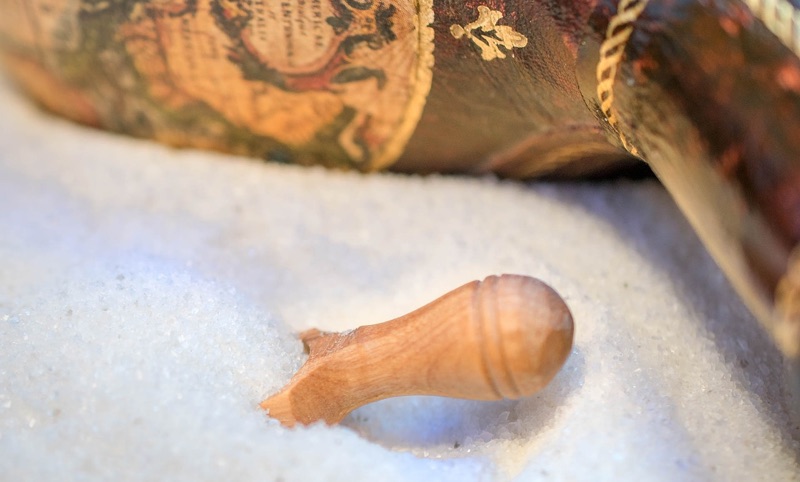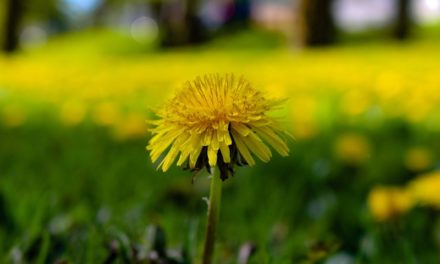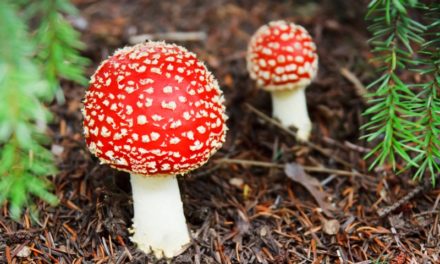Magnesium: Discipleship
The Counterpart
HEADS: To understand magnesium (Mg) better in the garden we can look at its counterpart in God’s garden—discipleship. Jesus chose 12 disciples to lead out in spreading the good news of Salvation.
A disciple is not just your run-of-the-mill student. He is teachable, practical (able to apply his new knowledge to real life), humble (giving credit where credit is due), and a reproducer (eager to pass on what he has learned).
TAILS: As 12 seems to be God’s number for workable units in His kingdom, like disciples, tribes, the New Jerusalem’s gates and foundations, it’s curious that He put Mg in the 12th position in the lineup of the Periodic Table of Elements. Can Mg act like disciples? Let’s consider the characteristics of discipleship to Mg’s role in the garden.
Teachable Mg sits on the “throne” of every chlorophyll molecule and is essential to the absorption of light energy. Without Mg’s “teachable”, impressible nature, light would have no effect on the plant. And here Mg doesn’t act like a catalyst, as does phosphorus, it becomes part of the change.
Practical Mg activates enzymes, helps with iron utilization, neutralizes acids and toxic compounds produced by the plant, and does a host of other helpful things in the garden… as a good student should.
Humble When water is added to the soil Mg is quick to follow it to its lowest depths. So, because magnesium is easily leached, watering a little more often is better than a lot once.
Reproducer Mg is important in seed production. Blossom and fruit rot are signs of extreme deficiency. But don’t wait for that! Sprinkle Mg-rich dolomite or Epsom Salt on the soil from time to time, or add a little Epsom Salt to the water.
*Epsom salt recipe: dissolve 2 T of the salt in 1 gal. of water. For healthy nightshade plants (eggplants, tomatoes, peppers) water just as flowering starts. Or use this mixture as a foliage spray (for leaves) in the garden and on house plants.






